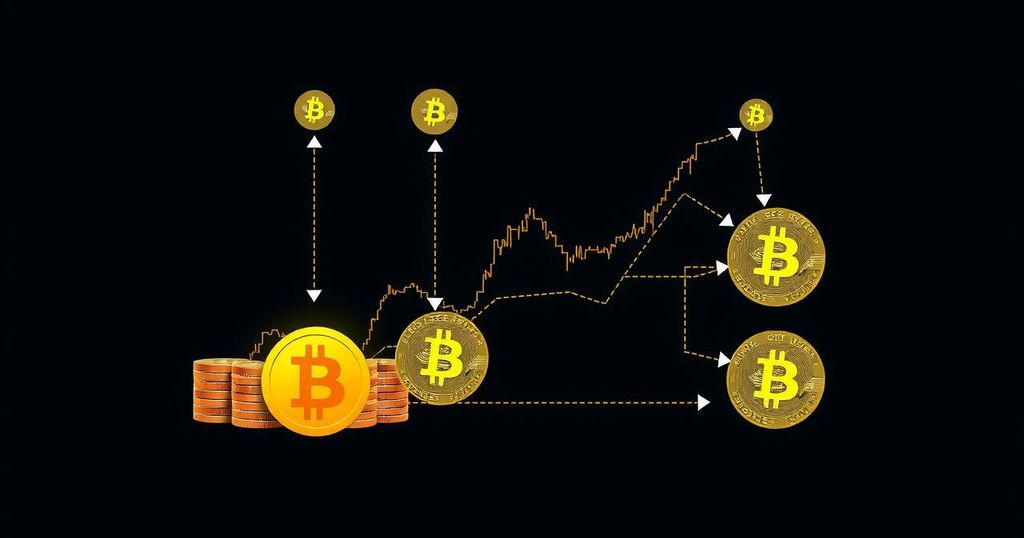The Increasing Challenges of Bitcoin Mining: Implications for Price Dynamics
Summary
Bitcoin mining difficulty has surged to a record high of 92.6 terahashes, increasing operational costs for miners. An adjustment on September 27 is expected to lower difficulty to 77.12 terahashes. While increased difficulty may pressure miners to sell their Bitcoin, experts indicate no clear link between mining difficulty and Bitcoin price. Market conditions may also play a role in potential selling pressure.
The difficulty of mining Bitcoin has reached unprecedented levels, peaking at 92.6 terahashes, an increase of over 10% since early July. This rise imposes significant strain on miners’ profitability, as their operational costs escalate alongside the computational demands of mining. Though the upcoming difficulty adjustment, estimated for September 27, 2023, is projected to lower the difficulty to 77.12 terahashes, some analysts express skepticism regarding the close relationship between mining difficulty and Bitcoin prices. On one hand, increased mining difficulty can pressure miners financially, potentially prompting them to sell Bitcoin to cover costs. Conversely, certain experts argue that individual miners’ responses to these stressors will vary, influencing market dynamics differently. Additionally, overarching market conditions could further impact Bitcoin’s price trajectory, especially if broader financial markets exhibit weakness, leading to heightened selling pressure among traders.
Bitcoin mining relies on a proof-of-work mechanism, which necessitates substantial computational power to verify transactions and secure the network. The difficulty of mining adjusts automatically approximately every two weeks based on the network’s total hash power—an indicator of the combined computing resources deployed by miners. As this hash power increases, so too does the mining difficulty, which currently stands at record levels. Such dynamics directly affect miners’ profitability, as elevated operational costs can obstruct their ability to sell Bitcoin at favorable prices. As the mining landscape evolves, miners often must adapt by upgrading technology or seeking ways to reduce expenses to maintain their operations in a highly competitive environment.
In summary, the Bitcoin mining landscape faces unprecedented challenges as mining difficulty reaches an all-time high. While an impending difficulty adjustment may alleviate some pressures, the financial stress on miners remains significant. Market analysts highlight the lack of a direct correlation between mining difficulty and Bitcoin prices, emphasizing the importance of individual miners’ strategies. Furthermore, external market conditions could exacerbate selling pressure, underscoring the interconnectedness of mining operations and broader financial trends. Understanding these dynamics is crucial for stakeholders within the Bitcoin ecosystem.
Original Source: www.coindesk.com








Post Comment